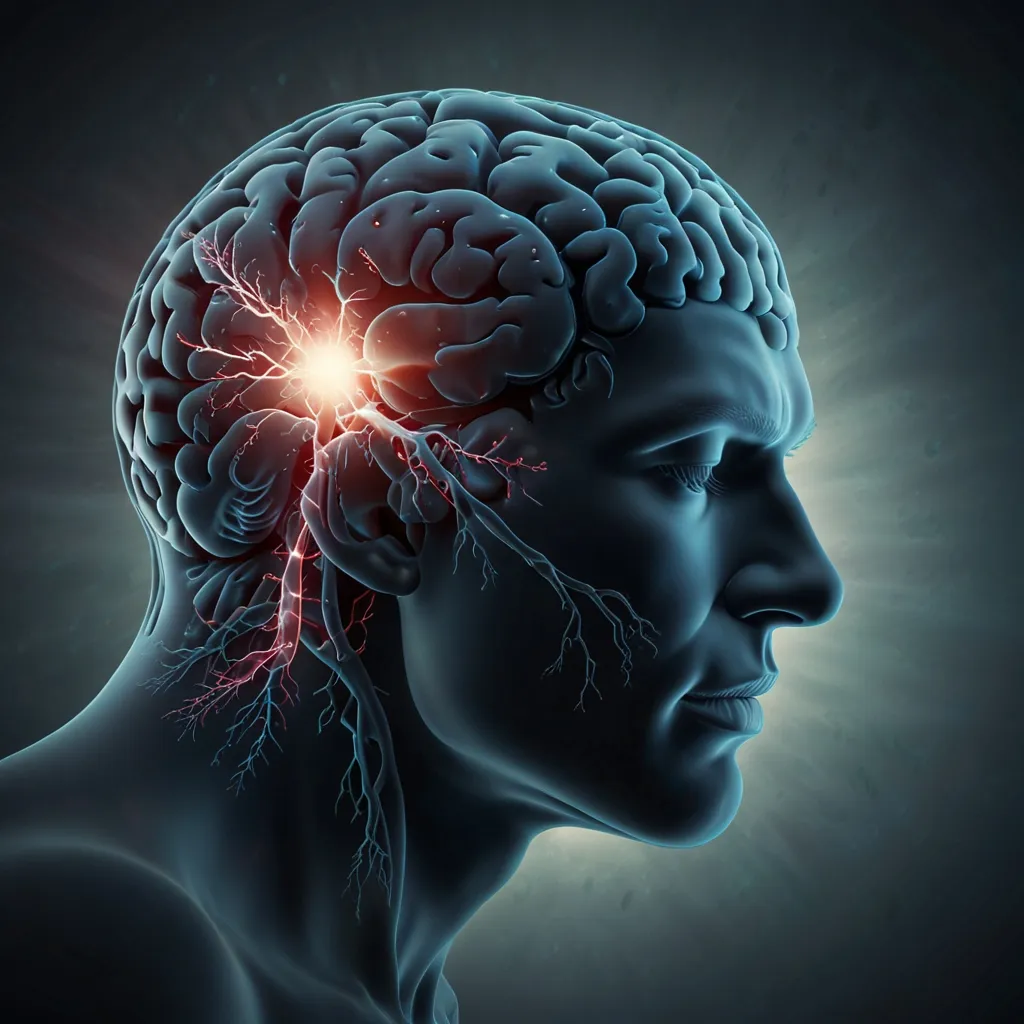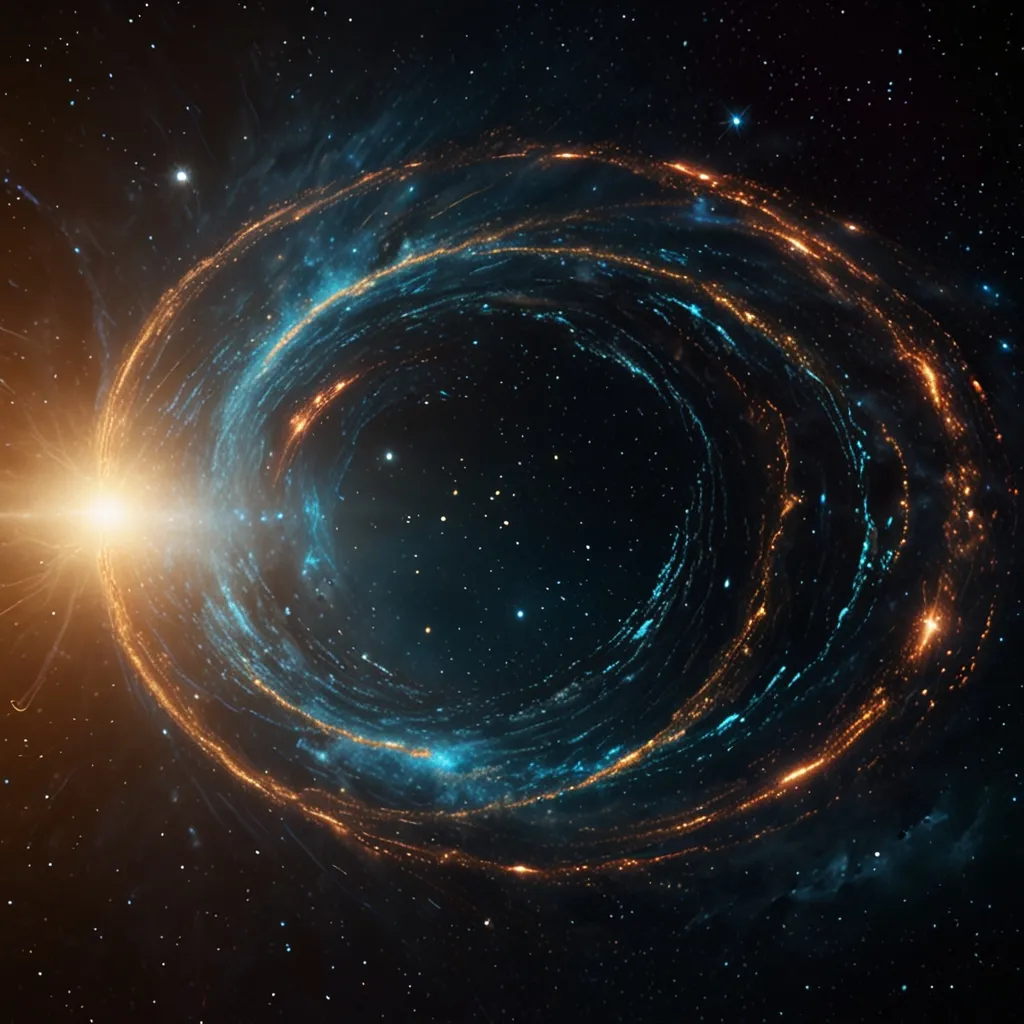Quantum mechanics is one of the most mind-boggling and controversial fields in science. It’s a set of theories that describe the behavior of subatomic particles. Given its importance in modern technology, from cell phones to GPS, it’s crucial that we separate fact from fiction in this complex subject.
There are many misconceptions about quantum mechanics that can easily mislead. For instance, statements like “quantum mechanics justifies free will because everything is random” or “consciousness is a fundamental component of physics” are not supported by science.
So, what is quantum mechanics, and how does it actually work? Let’s start with a bit of history. In 1801, British physicist Thomas Young’s double-slit experiment showed that light behaves like a wave. However, in 1887, Heinrich Hertz discovered the photoelectric effect, where light can knock electrons off atoms. This effect, surprisingly, was influenced more by the color of light rather than its intensity.
Albert Einstein came to the rescue by suggesting that light consists of energy packets called photons. The energy of these photons is proportional to their frequency, explaining why higher-frequency ultraviolet light could cause the photoelectric effect, but lower-frequency red light could not. This revelation earned Einstein the Nobel Prize.
The conflicting nature of light being both a wave and a particle puzzled scientists for years. In 1909, G. I. Taylor conducted another double-slit experiment, shooting one photon at a time. The results showed that individual photons behaved like particles, but collectively, they formed an interference pattern akin to waves.
Things got even more complicated when Schrödinger introduced his famous equation in 1925. Unlike Newton’s deterministic laws, Schrödinger’s equation is probabilistic. It uses the wave function, Psi, to describe the probability of finding an electron in any given space. However, Schrödinger himself couldn’t correctly interpret his own wave function.
In 1926, Max Born proposed that the Psi function represents the probability of finding an electron at a specific point. This laid the groundwork for the Copenhagen interpretation, developed by Werner Heisenberg and Niels Bohr. According to this interpretation, an electron exists in all potential positions until a measurement is made, collapsing its wave function into a single position.
The idea of wave function collapse has led to significant confusion, especially around concepts like observation. An “observation” in quantum mechanics doesn’t require a conscious observer; it’s simply an interaction between two physical systems.
Returning to the double-slit experiment, when a photon hits the screen, its wave function collapses, showing up as a particle. Before this measurement, the photon behaves like a wave with a probability distribution. Shooting millions of photons reveals the probability pattern predicted by the wave function.
Many use quantum mechanics to justify free will or link it to consciousness, but there’s no scientific basis for these claims. While quantum mechanics shows that subatomic particles behave probabilistically, it doesn’t imply anything about free will in our macroscopic world.
In summary, quantum mechanics outlines a probabilistic nature of reality at the subatomic level, independent of human consciousness. This mysterious yet essential field of science shapes the technology we use daily and continues to challenge our understanding of the universe. Further exploration into quantum phenomena such as tunneling and entanglement will likely uncover even more fascinating insights.






